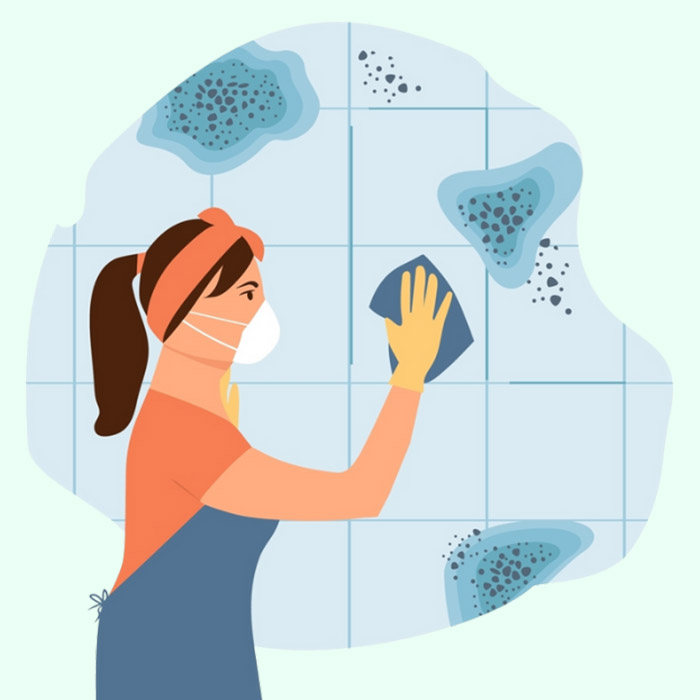You might have been living under a rock for the past few years and not known that cars can become infested with mold. Mold thrives in moist environments, so it’s no surprise why we’re seeing an increase of this problem now more than ever before.
The reasons behind these increases include long periods without use as well as high humidity levels due to rain or flooding around temples which causes water from gutters to run off into seats causing them to grow molds quickly over time. If left unattended while sitting unused inside your vehicle all day every single day.
You should be concerned if you find mold in your car. The worst-case scenario is that it has spread throughout its ventilation system and a professional will need to remove the fungus from every part of this crucial component for proper cleanliness, safety as well as aesthetic reasons. A top bathroom mold removal company in Miami Beach has given the following tips to remove mold from your cars.
Is It Possible To Salvage A Car That Has Mold?
If you find mold growing on your car, it’s best to get a professional clean. The type and extent of the growth can tell us about how well-maintained this vehicle was in storage before being bought by its new owner which will help them know if their investment is worth protecting.
However, you should keep in mind that there is no guarantee the mold will not return. If a small amount continues to grow after treating it with this guide for removal then complete eradication might be necessary.
This means hiring an expert who has experience removing all types of molds from homes or commercial buildings. Mold can cause many different health problems so it’s important we get rid of it as quickly as possible.
How to Remove Mold from a Car?
The first step to ensuring that you’re safe from mold is by taking precautions. You should wear protective gear like gloves and masks when handling items or environments. Where there could be a risk for exposure because spores of this fungus can easily spread through the air into your body if not protected.
Protect Yourself
Remember to wear appropriate protective equipment when working with mold. Mold can cause serious health problems if inhaled or ingested, so be sure you’re wearing the right kind of mask and gloves before approaching any samples.
Empty the Car
Lastly, it’s time to empty your car as completely and thoroughly as possible. This includes removing every last ounce of residue from inside the vehicle with a special vacuum that will pick up any mold spores or other dirt particles on its way out.
Replace the Air Filter
The next time your car needs an oil change, make sure to check for any dirt or grime build-up in the air filter. This can be accessed through a compartment near where you would find gloves and other essential items like maps, keys etc., which is typically found on the top left corner behind the glove box door.
Apply Mold Cleaner
If you have a mold problem in your car, use a 50/50 solution of white vinegar and water to spray directly on any that can be seen. Any alternative commercial products will also suffice for removal purposes; make sure all surfaces inside are cleaned with an efficient cleaner before applying for a new auction here.
Ventilate the Vehicle
To avoid rust, keep your car’s humidity at max by running it for 30-45 minutes with the windows closed and then turning off. You can rent a dehumidifier from any hardware store if you don’t own one already.
Inspect for Mold
To ensure you don’t have any unwanted mold in your car, leave it for two days and then inspect the interior. Look at all ceiling tiles near windows or vents as these areas may contain invisible fungi that can cause health problems when inhaled. Mold experts in Plantation always recommend hiring professionals for mold removal or remediation purposes.
